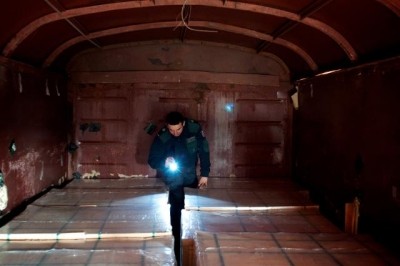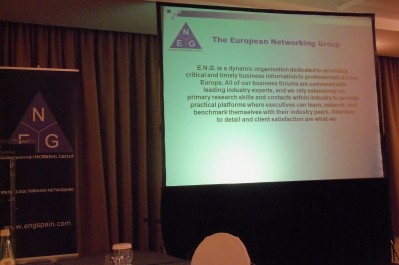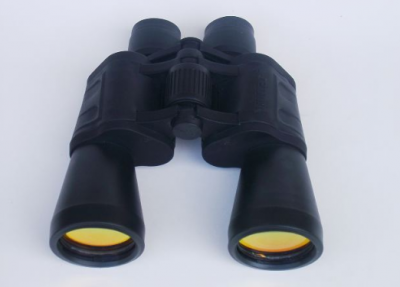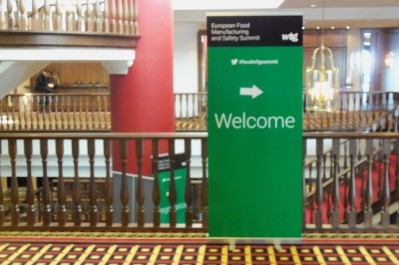dispatches from EU food manufacturing and safety summit
Centralized strategy meets supply chain needs, says McDonald's
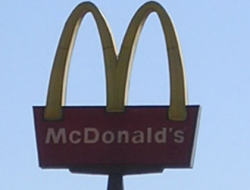
Dr Bizhan Pourkomailian, director food safety and supplier workplace accountability at McDonald's Europe, cited the need for the strategy to maximize efficiency in the chain.
Stakeholders include the farm, primary and secondary suppliers, distribution restaurants and customers, he told attendees at the EU Food Manufacturing and Safety Summit in Noordwijk, The Netherlands.
McDonald's Europe said the supply chain requires supporting systems to enable it to operate efficiently.
No pathogen testing
Pourkomailian said it does not do pathogen testing at the restaurants as by the time they would get the answer it would be too late.
He said focus is more around training for understanding, such as washing hands and using microbiological testing after to see if employees know how to properly wash their hands.
He highlighted factors to reduce risk including approval, specification, validation, verification, traceability, crisis management and sharing best practice adding that legislation is only the umbrella to cover the generic requirements.
Trust and verification was another theme, identified by Pourkomailian, who compared it to watching your child.
He said it was applicable with your supply chain because at first you look at everything, but you begin to trust more as the child grows and you verify less – just as in a supply chain situation.
However, if something goes wrong, such as an audit fail, the frequency of checks grows again.
He said risk could be reduced by software and hardware, referring to hardware as items such as application training and software being attitudes, regions and cultures.
Food safety responsibility
Food safety is often handled by different departments creating an organizational challenge.
He used an example of a three-legged stool: corporation, suppliers and owner/operators needing a partnership with trust, transparency and all the partners sharing the same ethics.
To meet customer expectations, you must first understand their needs, he said.
Pourkomailian said a centralized supply chain was easier to manage as each link had their own strengths which they could bring and would see them working with other parts closely or not as necessary.
The firm employs 415,000 people in the EU and serves 15 million customers per day.
Pourkomailian is chair for Microbiological Risk Analysis Task Force of International Life Sciences Institute (ILSI) Europe and a member of ILSI Europe scientific advisory committee and GFSI technical committee.
